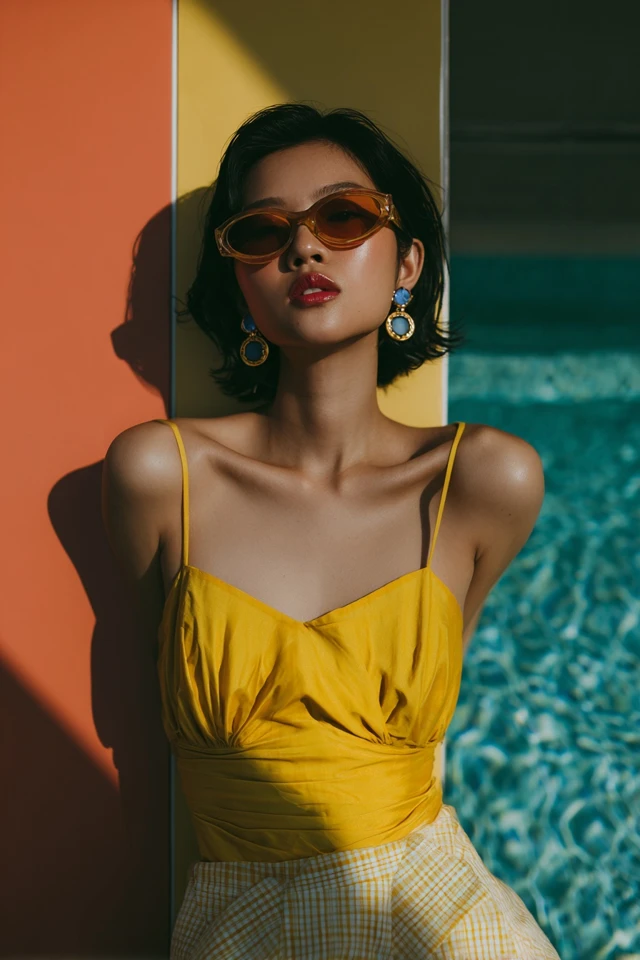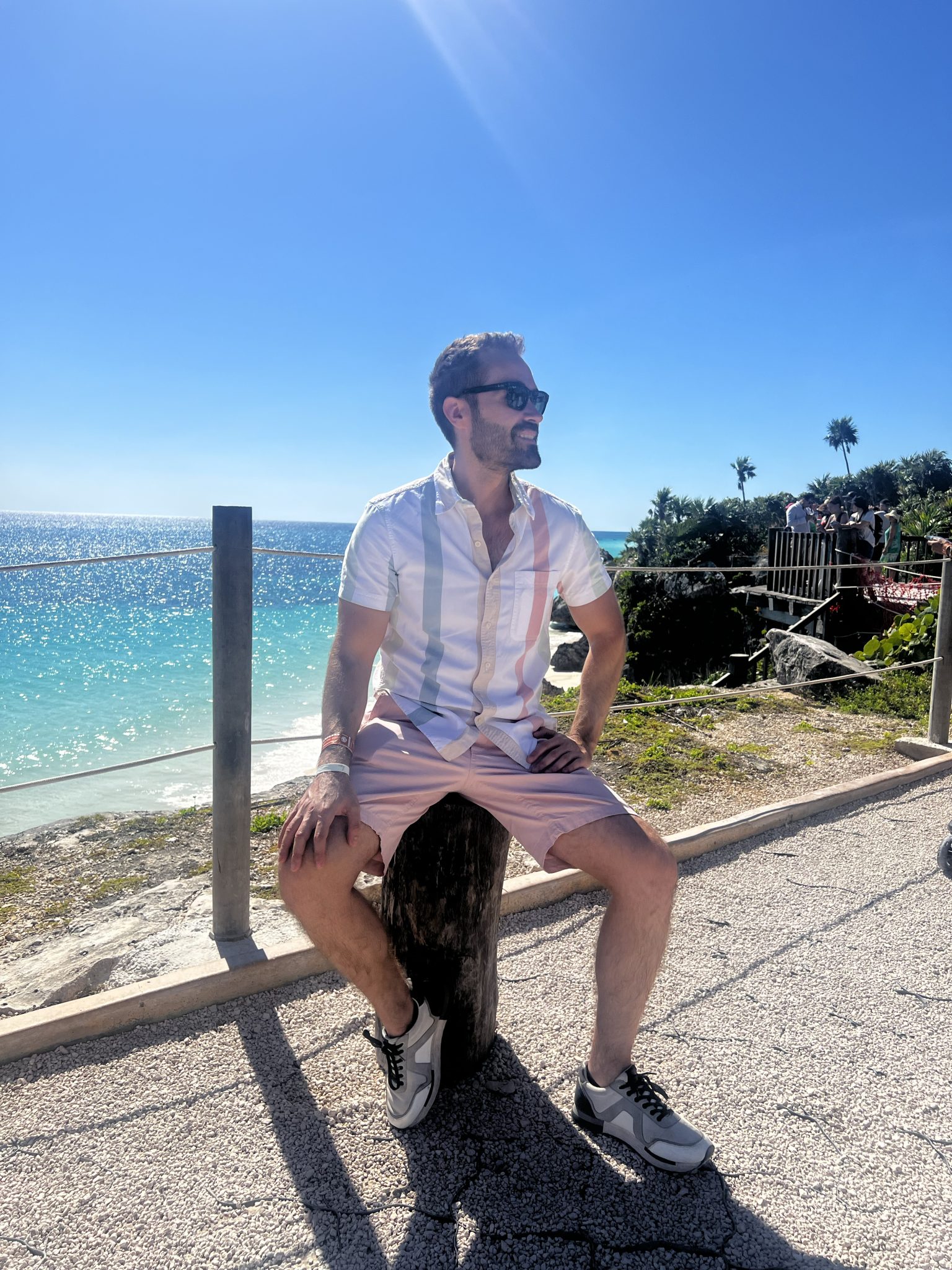Introduction
On a radiant summer afternoon, I found myself rifling through my wardrobe, rediscovering the charm of 90s summer staples that once defined my style journey. The sun streamed through the window, illuminating the rich textures and vibrant colors that still hold a magnetic pull decades later. It wasn’t just nostalgia; it was a realization of how these pieces, carefully curated and thoughtfully worn, transformed my confidence and influenced how others perceived me.
This intimate moment of revisiting the 90s summer curated wardrobe basics underscored the enduring power of sartorial choices. We often underestimate how clothing shapes our moods, impacts our interactions, and even subtly signals our personality before a word is spoken. As someone who blends the rigor of academic research in fashion design and color psychology with everyday style experimentation, I am passionate about helping you unlock the secrets of dressing to impress with timeless 90s flair.
About the Author and My Trend Boutique
Why focus on the 90s summer wardrobe now? Because this era was a melting pot of minimalist elegance, bold color palettes, and versatile layering—traits that perfectly align with today’s demand for sustainability, individuality, and emotional resonance in fashion. This comprehensive guide will serve not only as a nostalgic nod but also as a practical roadmap for incorporating these iconic elements into your modern wardrobe, elevating your style while nurturing your self-expression.
Foundational Concepts
Before diving into specific pieces and trends, it’s essential to understand the foundational concepts that underpin effective and confident wardrobe curation: color psychology, trend forecasting, and dressing to impress. These elements collectively influence how we select, wear, and perceive clothing in any era, but they were especially potent during the transformative 90s.
Color Psychology
Color psychology is the study of how different hues affect human behavior, mood, and even physiological responses. Scientific research has demonstrated that color can trigger emotions ranging from calmness to excitement, thereby impacting confidence levels and social dynamics. For example, wearing a red top can evoke feelings of power and assertiveness, while soft pastels promote tranquility and openness. The 90s harnessed these associations through both muted and vibrant palettes, often mixing them to create layered emotional narratives in outfits.
Trend Forecasting
Trend forecasting involves analyzing cultural, economic, and artistic currents to predict the styles that will resonate with consumers. In the 90s, this meant the rise of minimalism contrasted with grunge influences, the infusion of sporty aesthetics, and a seamless integration of practicality and statement pieces. Understanding trend forecasting equips you to distinguish fleeting fads from enduring classics, making your wardrobe investment smarter and more sustainable.
Dressing to Impress
Dressing to impress transcends superficiality—it is about using clothing as a tool to communicate identity, professionalism, and positive self-regard. A 90s summer wardrobe that impresses is one that balances comfort with visual appeal, embraces personal narrative, and respects situational appropriateness. From slip dresses exuding understated elegance to cargo shorts signaling relaxed functionality, each piece plays a role in the story you tell to the world.
Picture Gallery
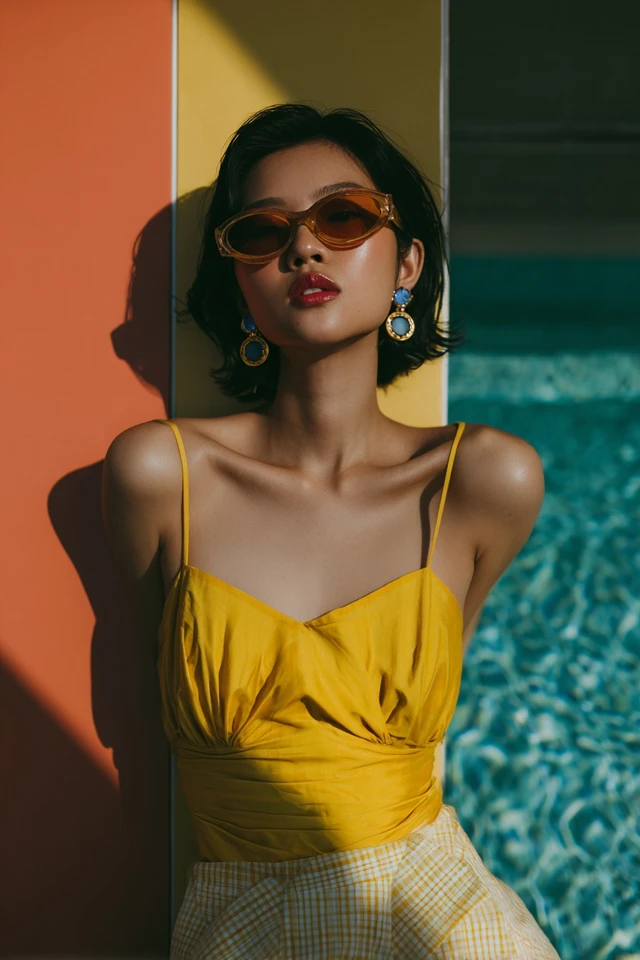
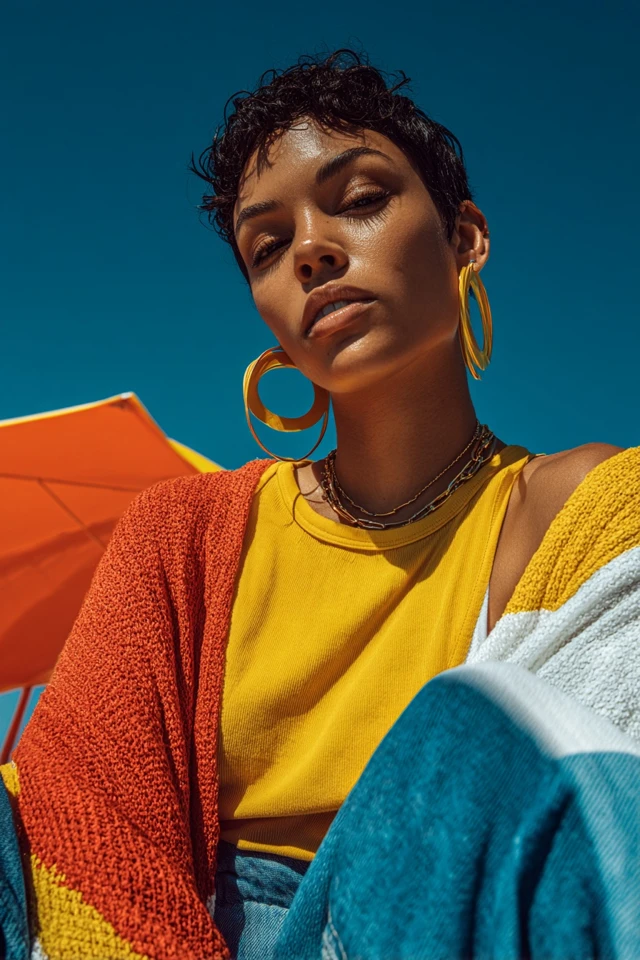
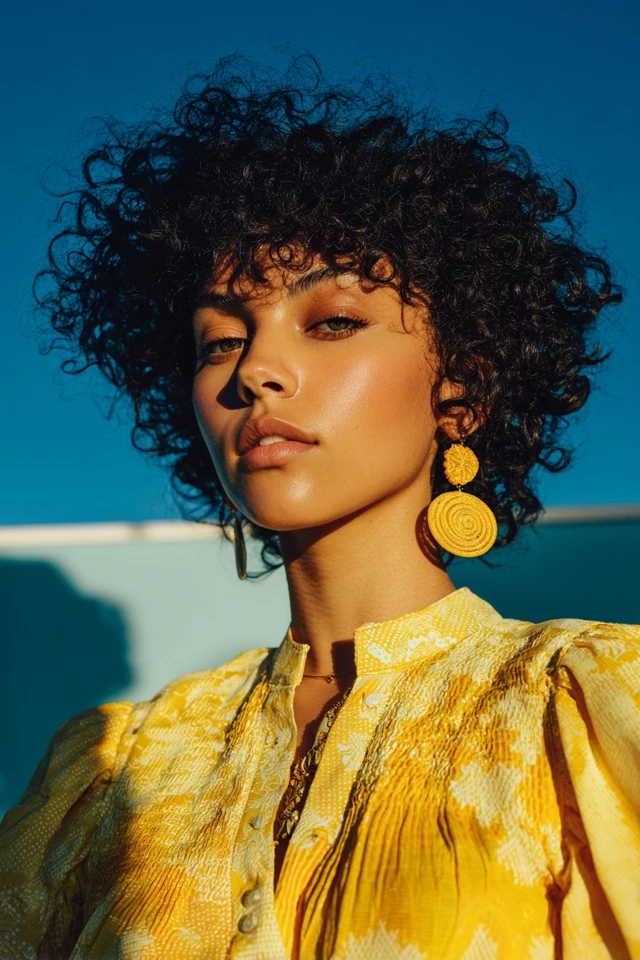
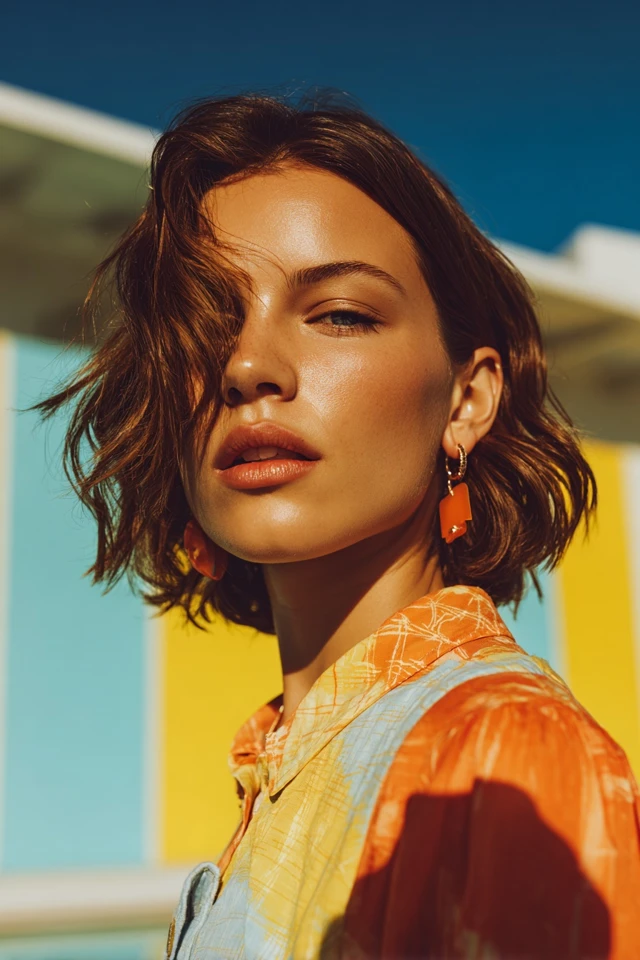
Color Psychology & Emotional Impact
Colors do far more than just beautify garments; they carry deep emotional weight and influence first impressions in profound ways. Neuroscientific studies reveal that the human brain processes colors instantly, affecting judgment and memory formation within seconds of visual exposure. This makes understanding color psychology invaluable for anyone building a carefully curated wardrobe.
The 90s summer palettes capitalized on both bold primaries and gentle neutrals. Vibrant yellows sparked optimism and energy, perfect for summer afternoons filled with social interactions, while earthy browns and beiges grounded outfits in warmth and reliability. Wearing these colors not only affected how others perceived wearers—as approachable, confident, or creative—but also how wearers felt internally, boosting self-esteem simply through color choice.
For example, pairing a sunlit tangerine crop top with denim shorts can evoke youthful exuberance and draw positive social attention, which can be particularly beneficial in networking or social gatherings. Conversely, opting for a soft sage green shifts the ambience toward calm and introspection, ideal for reflective summer days. Leveraging these insights allows you to intentionally craft moods and narratives through your summer wardrobe, enhancing both internal well-being and external perception.
Personal Style & Body Type Considerations
Building a successful 90s summer wardrobe isn’t about blindly following trends; it requires tuning into your unique body type, complexion, and personality to create harmonious ensembles that celebrate your individuality.
Silhouettes & Fabrics
- Hourglass: Emphasize waist-defining pieces like high-waisted denim shorts or belted dresses to showcase curves without overwhelming your frame.
- Rectangle: Incorporate layered looks—think loose tank tops over fitted crop tops—to add dimension and playful movement.
- Apple: Opt for A-line skirts and wrap dresses that provide structure while gracefully skimming the midsection.
- Pear: Balance proportions with bright or patterned tops paired with darker bottoms to draw attention upward.
Lightweight, breathable fabrics such as cotton, linen, and chambray were hallmark materials of 90s summer fashion. They not only enhance comfort in heat but also create effortlessly chic drapes and textures.
Color & Complexion
Your skin tone is a powerful guide to selecting flattering hues:
- Warm undertones: Embrace earthy tones like burnt orange, mustard yellow, olive green, and warm beige.
- Cool undertones: Opt for jewel tones such as sapphire blue, emerald green, and plum, balanced with crisp whites.
- Neutral undertones: Enjoy the versatility of nearly all 90s colors, especially muted pastels and classic navy.
Quick Style Checklist
- Do your clothes balance your silhouette?
- Do the fabrics breathe and feel comfortable for summer conditions?
- Are your chosen colors aligned with your complexion?
- Do your outfit choices reflect your personality and lifestyle?
Taking this checklist to heart will ensure your wardrobe isn’t just trendy but also deeply personal and flattering.
Current Trends & Timeless Classics
The 90s have experienced a significant revival, with summer wardrobe essentials making a striking comeback in contemporary style. Trendsetters today are revisiting crop tops, slip dresses, bucket hats, and oversized sunglasses—all rooted in 90s culture but reimagined with modern twists like sustainable fabrics and tech-enhanced performance textiles.
Trending 90s summer colors include pastel lavenders, soft peaches, and rich teals, blending nostalgic appeal with fresh vibrancy. However, the timeless classics remain equally crucial: crisp white tees, stonewashed denim, and minimalistic sandals form a foundation that never goes out of style.
Blending these trends with evergreen pieces creates a versatile and chic wardrobe. For instance, pairing a pastel lavender slip dress (a nod to current trends) with classic white sneakers and a leather crossbody bag balances new with timeless, casual with composed. This strategy not only refreshes your look seasonally but safeguards your fashion investment against rapid obsolescence.
Practical Tips & Recommendations
To embrace the 90s summer curated wardrobe basics effectively, consider these practical tips:
- Shop Smart: Thrift and vintage shops are treasure troves for authentic 90s pieces. Focus on quality fabrics and sewing craftsmanship rather than logos alone.
- Layer with Intention: Lightweight layering adds depth and adaptability. For example, layering a loose mesh tank over a fitted bandeau merges style with comfort.
- Invest in Versatile Accessories: Think slim leather belts, minimalist hoops, and bucket hats that enhance multiple outfits without cluttering your collection.
- Color Combos to Try: – Tangerine Orange + Denim Blue (energetic and casual)
– Sage Green + Cream White (fresh and soothing)
– Plum Purple + Soft Gray (elegant and approachable) - Wardrobe Maintenance: Store delicate fabrics carefully to prevent stretching or fading. Hand-wash or choose gentle cycles, and avoid excessive heat during drying.
Applying these strategies will seamlessly integrate 90s-inspired pieces into your current lifestyle, making dressing a joyful and confidence-enhancing ritual.
FAQs
- Q: How do I find my signature color from the 90s palette?
A: Experiment with different hues near your face and observe which shades brighten your complexion and boost your mood. Keep a color journal to track your favorites. - Q: Can I update my 90s wardrobe on a budget?
A: Absolutely! Vintage stores, clothing swaps, and upcycling older garments offer affordable, sustainable ways to refresh your wardrobe. - Q: How do I create a capsule wardrobe using 90s summer basics?
A: Focus on versatile items like white tees, denim shorts, slip dresses, and layering tanks that mix and match easily. Keep accessories minimal but impactful. - Q: Are 90s fabrics and styles comfortable in hot climates?
A: Yes, many 90s staples use breathable fabrics like cotton and linen. Prioritize natural materials for ultimate comfort. - Q: How can I incorporate color psychology into everyday outfits?
A: Start by choosing colors that reflect how you want to feel or be perceived each day, then gradually experiment with combining shades that evoke the desired emotional impact.
Conclusion
The 90s summer curated wardrobe basics offer more than just a stylish throwback—they provide a rich, well-researched framework for building a versatile, confident, and emotionally resonant summer wardrobe today. By embracing the science of color psychology, understanding your body and style nuances, and blending trend awareness with timeless classics, you empower yourself to dress with intention and joy.
Fashion is ultimately about self-expression and feeling good in your skin. I encourage you to experiment boldly yet thoughtfully, mix eras and textures, and above all, honor your unique style story. If you found these insights helpful, please share your thoughts below, subscribe for more style wisdom, and connect with a community passionate about fashion’s transformative power.

